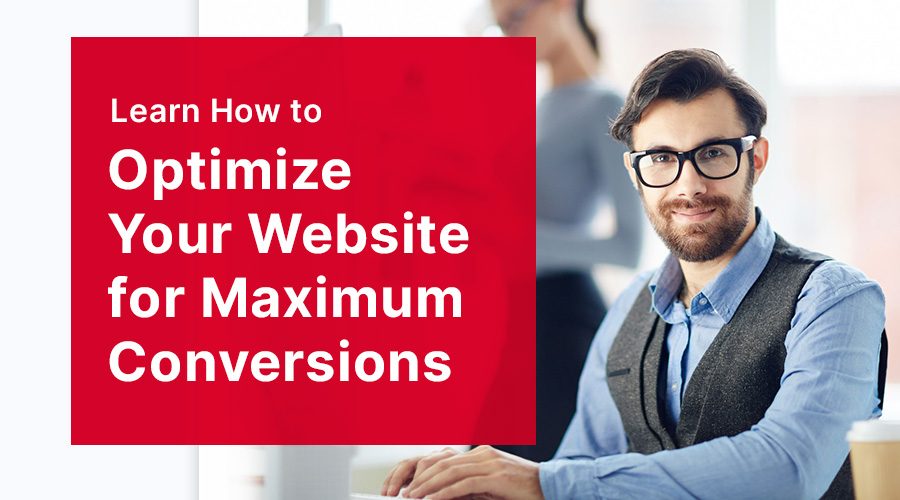Introduction
Ever wonder why some websites manage to turn visitors into customers like clockwork, while others struggle to make a single sale? The secret sauce lies in website optimization. In this blog post, we’ll delve into the world of website conversion optimization, offering practical tips and tricks to help you turn your website into a well-oiled conversion machine. Are you ready to optimizing website for conversion rate? Let’s dive in!
Table of Contents
- Know Your Audience
- Speed Matters: Optimize Page Load Time
- Make Your Call-to-Action Irresistible
- Use Compelling Visuals and Content
- A/B Testing: Keep Experimenting
Know Your Audience
Understand Their Needs
Would you try to sell snow gear in the desert? Of course not! Understanding your audience’s needs, preferences, and pain points is the first step towards creating a website that speaks their language. Dive into Google Analytics or any other analytics tool you prefer to gather data on your visitors. Analyze demographics, behaviors, and interests to create targeted content and offers that truly resonate with them.
Personalize the Experience
Remember that you’re dealing with real people, not just numbers on a screen. When your website can offer personalized experiences to your visitors, they’re more likely to stick around and convert. Use tools like geo-targeting, personalized recommendations, and segmented email marketing to create a tailored experience that makes your visitors feel understood and valued.
Speed Matters: Optimize Page Load Time
Compress Images and Minify Code
In the age of instant gratification, every second counts. A slow-loading website can send potential customers running for the hills. Compressing images and minifying code can significantly reduce load times, ensuring your visitors don’t get frustrated and leave before even seeing what you have to offer. Tools like ImageOptim and Minify can help you optimize your website’s assets for better performance.
Leverage Browser Caching
Another trick to improve load times is to leverage browser caching. This technique allows browsers to store files locally, so they don’t need to download them every time a user visits your site. Implementing browser caching can lead to faster load times and a better overall user experience. Check out this guide on HTTP caching from Google Developers to get started.
Make Your Call-to-Action Irresistible
Stand Out with Bold Design
You’ve caught your visitors’ attention, now it’s time to seal the deal. Your call-to-action (CTA) should be eye-catching and impossible to ignore. Use bold colors, contrasting fonts, and strategic placement to ensure your CTA grabs your audience’s attention and compels them to take action.
Craft Compelling Copy
It’s not just about looks; the words you choose for your CTA can be the difference between a conversion and a bounce. Be concise, clear, and persuasive. Use action words like “download,” “sign up,” or “buy now” to create a sense of urgency and encourage users to click.
Use Compelling Visuals and Content
Engage with Storytelling
Great visuals and engaging content go a long way in holding your audience’s attention. Use storytelling to create an emotional connection with your visitors, making them more likely to convert. Showcase customer testimonials, share success stories, or create relatable scenarios to demonstrate the value of your product or service.
Optimize for Mobile
With more than half of all web traffic coming from mobile devices, it’s crucial to ensure your website looks and functions flawlessly on all devices. Responsive design, easy-to-tap buttons, and simple navigation are essential for a seamless mobile experience. Remember, a frustrated mobile visitor is unlikely to convert, so make sure your website is mobile-friendly.
A/B Testing: Keep Experimenting
Test, Analyze, and Improve
The key to optimizing your website for maximum conversions lies in continuous improvement. A/B testing, also known as split testing, is a great way to experiment with different design elements, copy, and layouts to see what resonates best with your audience. Analyze the results and make data-driven decisions to improve your conversion rate over time.
Keep It Fresh
Don’t be afraid to change things up! Just because something worked once doesn’t mean it will continue to deliver results indefinitely. Stay up-to-date with industry trends, best practices, and new tools to keep your website fresh and engaging for your audience.
Conclusion
Optimizing your website for maximum conversions is an ongoing process that requires a deep understanding of your audience, a focus on user experience, and a willingness to experiment. By following the tips we’ve shared in this blog post, you’ll be well on your way to turning your website into a conversion powerhouse. And remember, if you ever need a helping hand, the team at Webnobby is always here to provide top-notch website optimization services and support.


